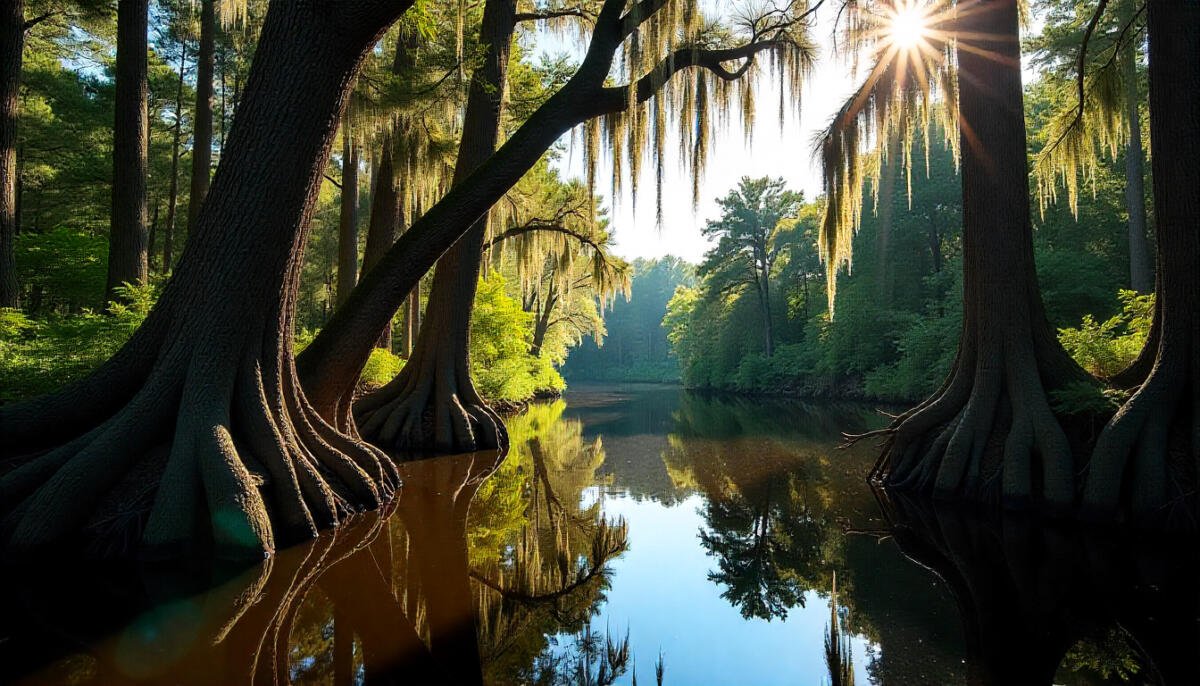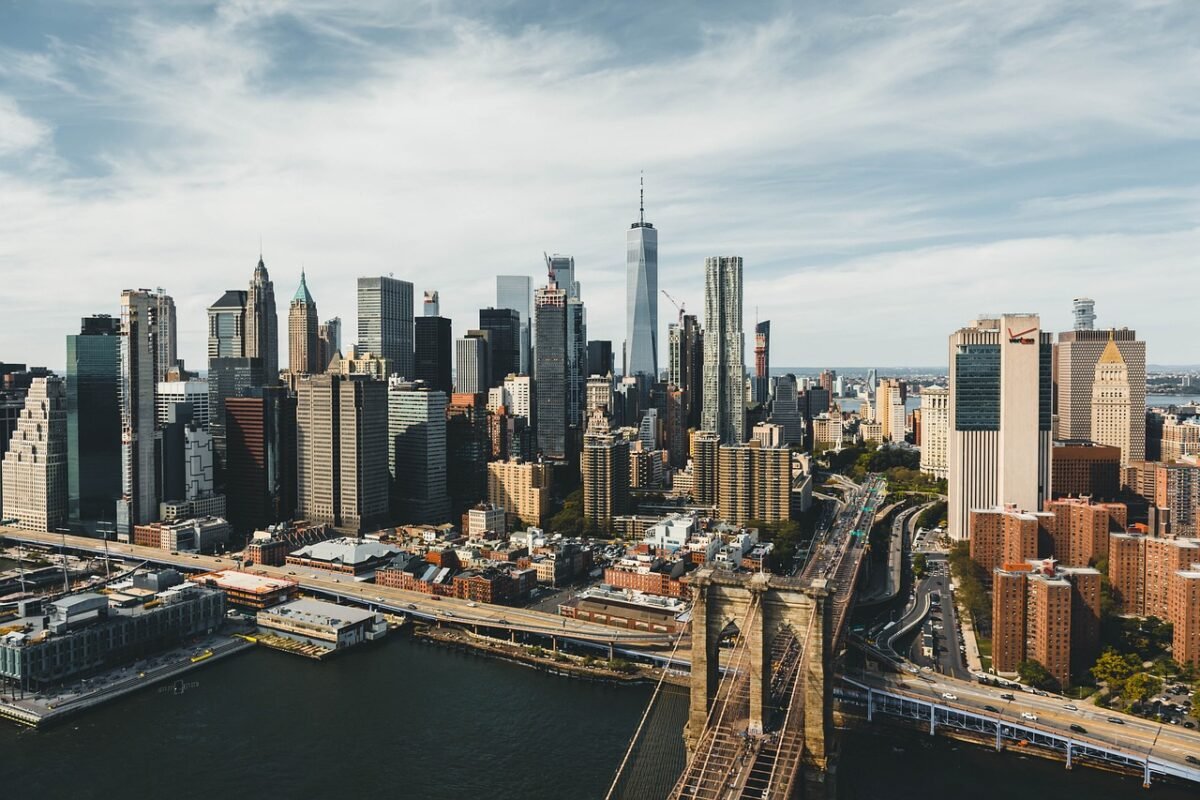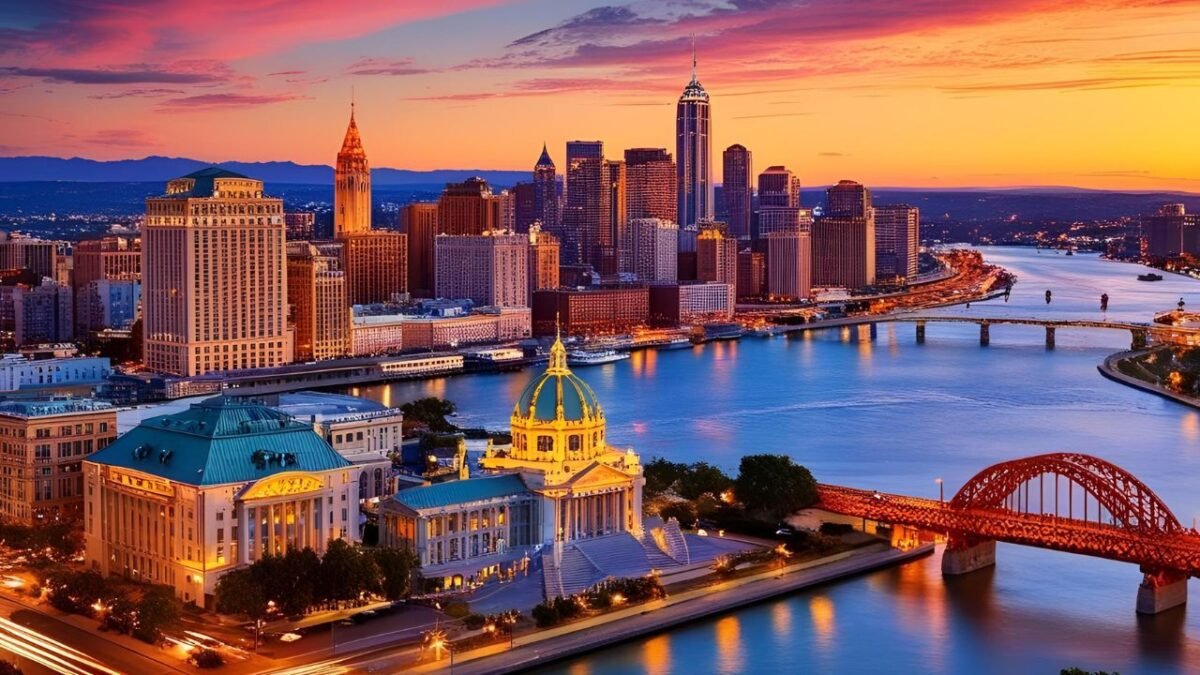Florida is famous for its beaches and theme parks, but if you’re looking for quiet escapes, scenic trails, and untouched nature, these hidden gem state parks are perfect for 2025 adventures. From deep sinkholes to vast prairies and ancient hammocks, these parks let you enjoy Florida’s wild side without the crowds.
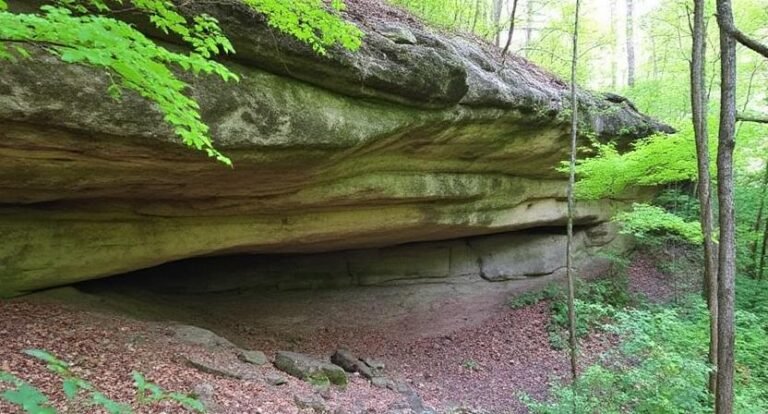
This park is a rare natural wonder—a 120-foot-deep sinkhole that’s like a miniature rainforest. Visitors descend 232 wooden steps along a half-mile trail to explore limestone walls, trickling streams, and dense ferns.
Activities and Tips of Devil’s Millhopper Geological State Park
Short hiking loop with educational signs explaining the sinkhole’s geology
Wildlife spotting (turtles, birds, small reptiles)
Picnic at the shaded areas near the entrance
Best time to visit: Spring or fall when the weather is mild
Wear sturdy shoes—the steps can be slippery after rain
Entry fee: $3 per vehicle (Official Info)
- Why it’s unique: Unlike any other park in Florida, you get a rare look at a geological formation that feels like a hidden jungle in the middle of Gainesville.
2. Faver-Dykes State Park – St. Augustine
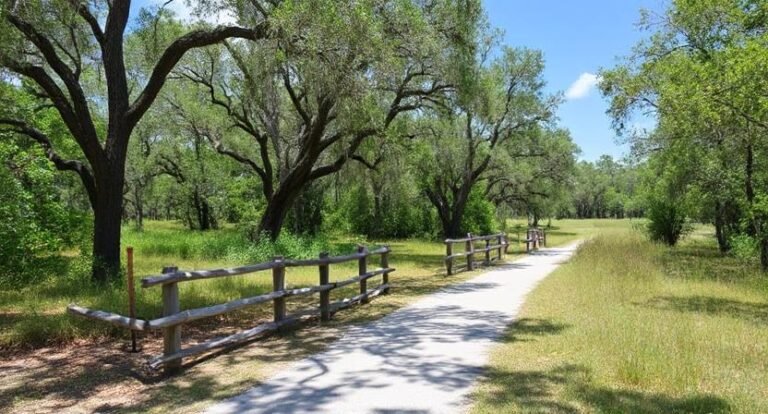
Hidden along Pellicer Creek, this park is ideal for paddlers and nature lovers. Tidal marshes, hardwood hammocks, and wildlife make it one of Florida’s most peaceful state parks.
Activities and Tips of Faver-Dykes State Park
Kayaking or canoeing on Pellicer Creek
Fishing for bass or panfish
Birdwatching for hawks, woodpeckers, and river otters
Hiking the short trails through shaded hammocks
Launch a kayak or canoe from the park’s boat ramp
Bring binoculars for birdwatching—many species are elusive
Entry fee: $4 per vehicle (More Info)
- Why it’s unique: Few visitors come here, so you often have the waterways and trails to yourself. The combination of serene paddling and wildlife makes it a hidden paradise.
3. Kissimmee Prairie Preserve State Park – Okeechobee
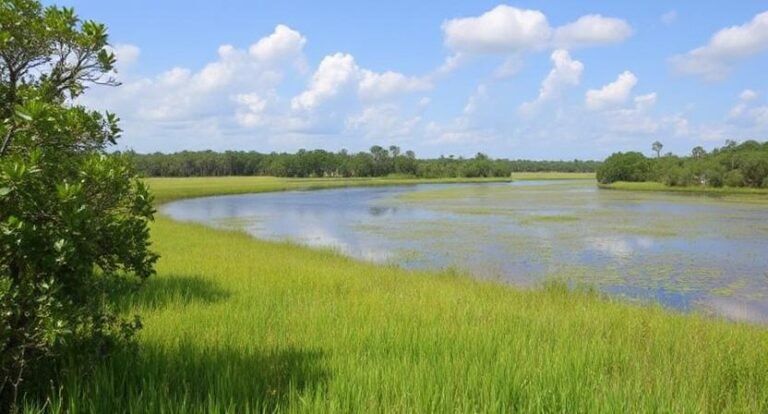
A vast prairie landscape perfect for birdwatching and stargazing. This park protects the endangered Florida Grasshopper Sparrow and offers miles of open grasslands.
Activities and Tips of Kissimmee Prairie Preserve State Park
Birdwatching—look for hawks, kestrels, and sparrows
Nighttime stargazing at the Dark Sky Preserve
Hiking and cycling on flat, easy trails
Photography of wide-open landscapes and wildlife
Best visiting season: Winter for migratory birds
Pack bug spray—prairie areas can be buggy in summer
Campgrounds available for overnight stays (Official Info)
- Why it’s unique: Kissimmee Prairie is one of the few places in Florida where you can enjoy true dark skies and vast prairie landscapes, rare in a state often associated with swamps and beaches.
4. Myakka River State Park – Sarasota
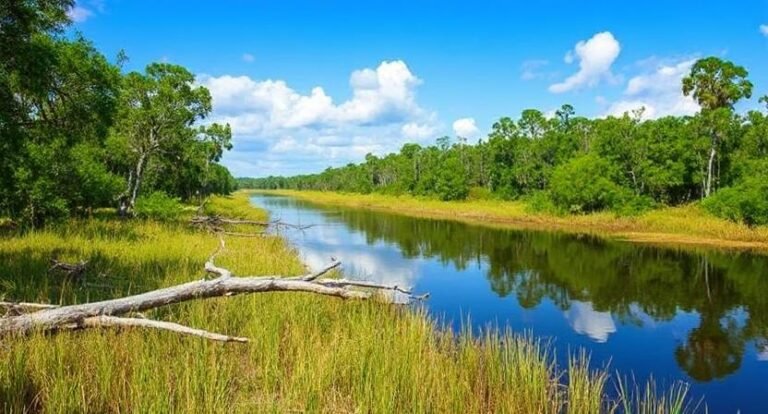
One of Florida’s oldest and largest parks, Myakka offers wetlands, prairies, and forests along the Myakka River. The canopy walkway gives panoramic views of the park’s ecosystem.
Activities and Tips of Myakka River State Park
Hiking and biking trails through diverse habitats
Airboat or boat tours to see alligators, turtles, and birds
Canoeing and kayaking on the river
Birdwatching for eagles, herons, and ospreys
Arrive early for wildlife spotting
Canopy walkway is great for photographers
Entry fee: $6 per vehicle (More Info)
- Why it’s unique: The mix of wetlands, prairies, and forest gives visitors a true “all-Florida” experience without the crowds of more famous parks.
5. Highland Hammocks State Park – Sebring
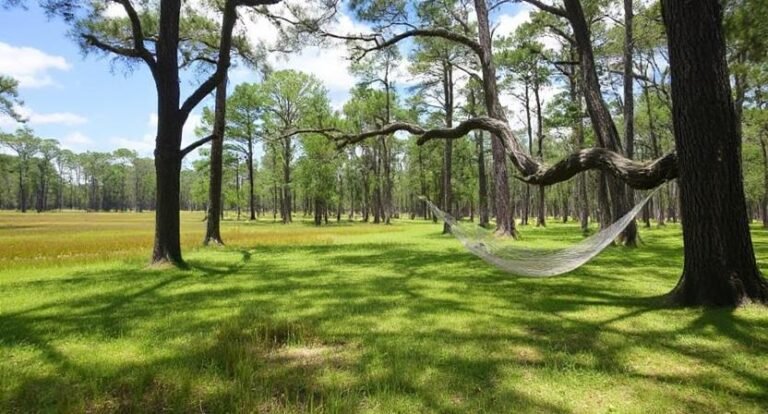
This park is a living museum of Florida’s natural and historical heritage. Featuring ancient hardwood hammocks, moss-draped oaks, and a Civilian Conservation Corps museum, it blends nature and history.
Activities and Tips of Highland Hammocks State Park
Hiking trails through old-growth forests
Guided tours of the park and museum
Photography of towering trees and wildlife
Picnicking under giant oak canopies
Best visited in spring or fall to avoid summer heat
Bring a camera—the trees and moss are stunning
- Why it’s unique: Few parks combine rich history, ancient forests, and wildlife so seamlessly. Highland Hammocks feels like stepping back in time.
6. De Leon Springs State Park – De Leon Springs
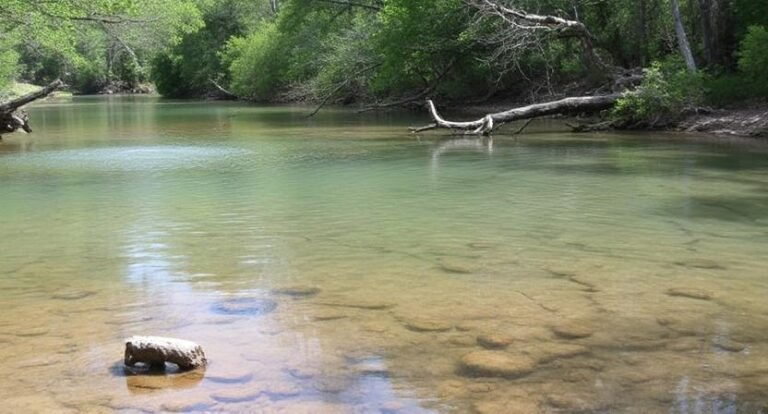
A mix of history, springs, and recreation, this park is famous for its 72°F freshwater spring, perfect for swimming, paddleboarding, or canoeing.
Activities and Tips of De Leon Springs State Park
Swim, kayak, or paddleboard in the spring
Picnic by the water with grills available
Explore the historic sugar mill and make-your-own pancakes at the Old Spanish Sugar Mill (Park Info)
Hiking the short nature trails through oak hammocks
Arrive early on weekends—the pancake griddle is popular
Bring water shoes for the springs
Wildlife includes turtles, herons, and occasional otters
- Why it’s unique: You can literally cook your breakfast while enjoying Florida’s natural spring—a rare combination of recreation and history.
7. Blue Spring State Park – Orange City
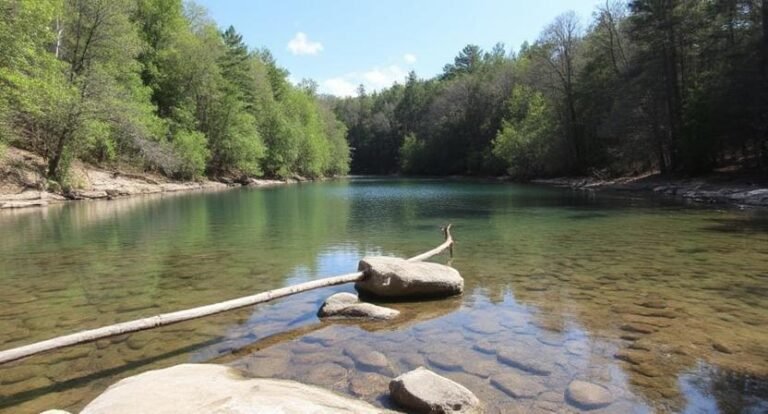
A must-visit for manatee lovers, Blue Spring is a designated manatee refuge in winter. Its crystal-clear spring-fed waters make it ideal for swimming, snorkeling, and wildlife viewing.
Activities and Tips of Blue Spring State Park
Swim, snorkel, and scuba dive in the spring
Manatee watching (best from November to March)
Hiking along the spring run and boardwalks
Canoeing and kayaking
Peak manatee season: November–March
Life jackets are required for swimming in some areas
Entry fee: $6 per vehicle (Official Info)
- Why it’s unique: Blue Spring is one of Florida’s most famous manatee habitats, yet it still feels like a peaceful natural escape.
8. Hontoon Island State Park – DeLand
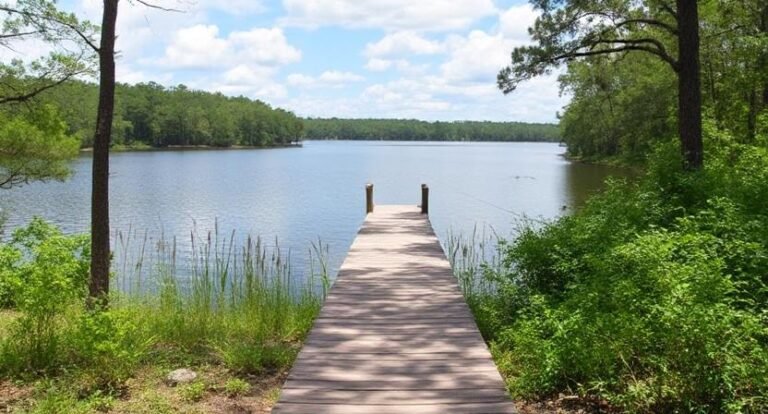
Accessible only by boat, Hontoon Island is a secluded island paradise on the St. Johns River, offering a serene retreat into Florida’s backwaters.
Activities and Tips of
Canoeing and kayaking through mangroves
Hiking the short island trails
Camping with waterfront views
Wildlife spotting: bald eagles, deer, otters, and alligators
Bring your own boat or use the park’s ferry
Best for a day trip or overnight camping
No vehicles allowed, adding to the peaceful experience (Park Info)
- Why it’s unique: Its boat-only access makes it feel like a hidden island retreat, far from crowds, perfect for a true nature escape.
9. Anastasia State Park – St. Augustine
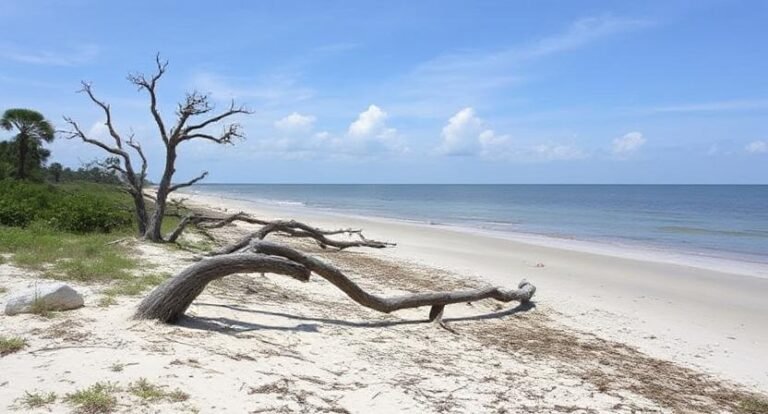
A mix of beach, marsh, and maritime forest, Anastasia is often overlooked by tourists heading straight to historic downtown St. Augustine.
Activities and Tips of Anastasia State Park
Relax or swim on the pristine beach
Kayaking in tidal salt marshes
Hiking the park’s nature trails
Wildlife watching: ospreys, turtles, and migratory birds
Early morning visits offer calm beaches and better wildlife viewing
Bring sunscreen and plenty of water
Entry fee: $8 per vehicle (Official Info)
- Why it’s unique: Anastasia combines Florida’s classic beach experience with quiet, nature-rich trails away from the main tourist flow.
10. Little Talbot Island State Park – Jacksonville
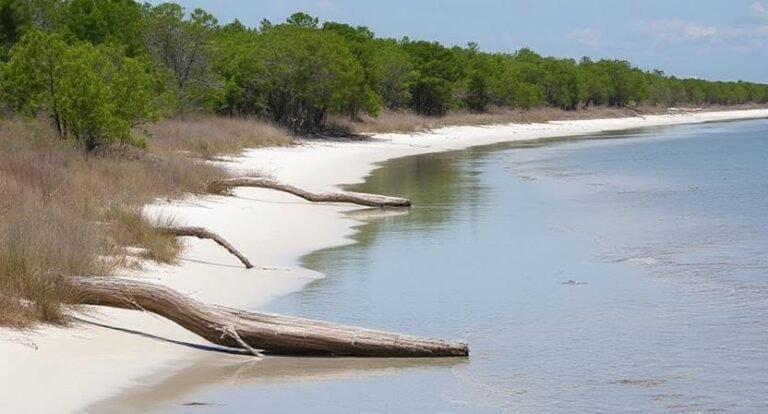
One of the few undeveloped barrier islands left in Northeast Florida, Little Talbot offers miles of pristine beaches, dunes, and maritime forests.
Activities and Tips of Little Talbot Island State Park
Hiking along the beach and forest trails
Surf fishing or shell collecting
Camping near the dunes with ocean views
Birdwatching for shorebirds, osprey, and egrets
Best time: Fall or spring to avoid summer storms
Bring bug spray—marshy areas can have mosquitos
Entry fee: $5 per vehicle (Official Info)
- Why it’s unique: Little Talbot feels like an untouched coastal wilderness, perfect for visitors who want to experience Florida’s beaches as they were decades ago.
Final Thoughts
Florida’s hidden gem state parks offer a peaceful escape from the usual tourist crowds. Whether you’re hiking through ancient forests, kayaking quiet creeks, or swimming in crystal-clear springs, these lesser-known parks let you experience the state’s natural beauty in its purest form. Pack your gear, hit the trails, and uncover a side of Florida most travelers never see.
Frequently Asked Questions (FAQ)
1. What is the best time to visit Florida’s state parks?
Fall and spring offer cooler temperatures, fewer bugs, and beautiful scenery.
2. Are pets allowed in Florida state parks?
Yes, most parks allow leashed pets in designated areas and on trails.
3. Do I need to make reservations?
Reservations are recommended for camping or popular parks during weekends and holidays.
4. Are Florida state parks free?
Most parks charge a small entry fee, usually between $3–$8 per vehicle.
5. Can I swim in the springs year-round?
Yes, many springs like Blue Spring and De Leon Springs stay around 72°F year-round—perfect for swimming anytime.

